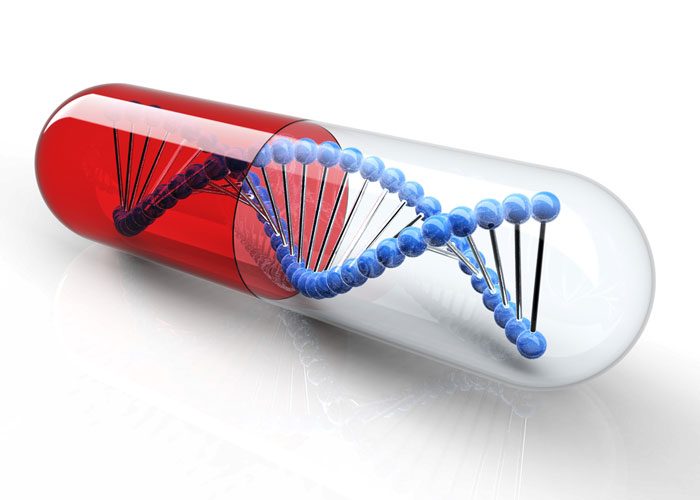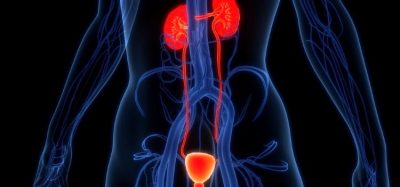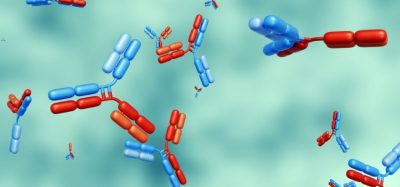Microcapsules to enhance the efficiency of genome-editing
Posted: 6 October 2017 | Dr Zara Kassam (European Pharmaceutical Review) | No comments yet
Researchers have found that polymer and hybrid silica-coated microcapsules are efficient in genome-editing…


Researchers have conducted a study in the course of which it was found out that polymer and hybrid silica-coated microcapsules are more efficient in genome-editing when applying CRISPR-Cas9 system.
The existing gene-editing technologies such as ZFNs and TALENs, and the latest CRISPR-Cas9 have the main challenge being a long-lasting problem of gene therapy, i.e. safe and efficient delivery.
‘These delivery methods are highly toxic. When they are used, some of the edited cells die. For example, when delivering biomaterial by electroporation, only 40-50% of cells survive,’ said Dr Alexander Timin, of the Laboratory for New Medications, RASA Center in Tomsk, Tomsk Polytechnic University.(TPU)
To solve this problem, the researchers decided to use polymeric and hybrid silica-coated capsules (SiO2) which TPU research team together with colleagues from Pavlov First Saint Petersburg State Medical University were developing.
The size of such capsules is 2-2.5 micrometres that are loaded with genetic material, i.e. miRNA, mRNA and plasmid DNA.
These capsules are delivered to the target cell. It absorbs them through micropinocytosis. Thus, microcapsules are in the cytoplasm of cells and there they release their content. The shell itself gradually dissolves.‘Delivery efficiency with these microcapsules is achieved due to low toxicity.
The study showed that over 90 % of cells survive after transfection. Consequently, the percentage of edited cells became significantly higher in comparison when liposomes were used for transfection,’
‘Delivery efficiency with these microcapsules is achieved due to low toxicity. The study showed that over 90 % of cells survive after transfection. Therefore, the percentage of edited cells became significantly higher in comparison when liposomes were used for transfection,’ added Dr Timin.
The results obtained allow scientists to conclude that proposed microcapsules represent promising vectors for application of genome-editing tools.
The next stage, according to the researchers, will be the application of CRISPR-Cas9 using microcapsules to deliver genetic material in in vivo studies.
In the future, this will significantly simplify and increase the efficiency of genome-editing which can help cure previously irremediable inherited diseases such as Alzheimer’s disease, haemophilia and many others.
The results of the study were published in Nanomedicine.
Related topics
Related organisations
Laboratory for New Medications, Pavlov First Saint Petersburg State Medical University, Polytechnic University, University Medical Center Hamburg–Eppendorf









